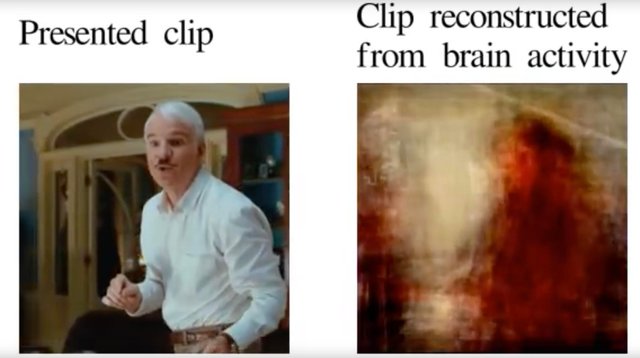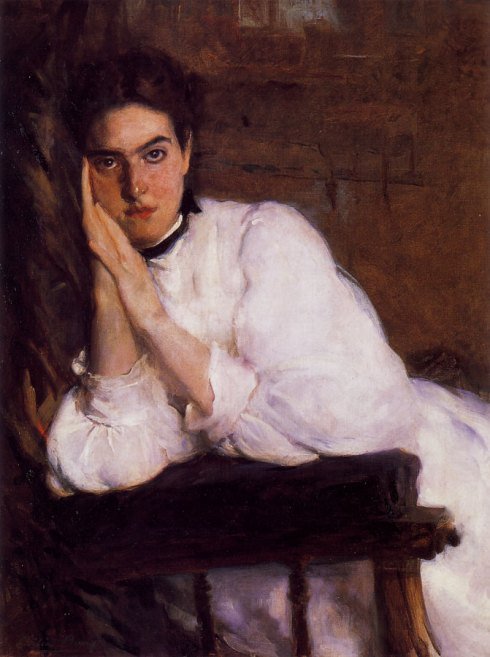
Background
The last dream I had was set in rural England where a party was about to start in a brick red cottage. I saw Jennifer Lawrence at some point between walking from the cottage and entering a field of wildflowers in the backyard.
In my second to last dream, I was in a boat moving through the Nile River where locals pulled out what looked like black ropes from the surface, but the elongated objects were snakes in disguise. They also pulled out green slimy creatures about the size of a human hand in the rough shape of a cross that attached to other objects and were useful for retrieving lost items.
There was a lot of detail I forgot in these two dreams, which is why I try to keep track of them in some way by digitally logging dreams, or think about them until some other larger story emerges. Perhaps I have a trip to England coming up. Maybe I have been watching too much Midsomer Murders on Netflix. Maybe I will be kayaking again in waters shared with watercraft.

Outside In
T. Horikawa, M. Tamaki, Y. Miyawaki and Y. Kamitani have published a process in Neural Decoding of Visual Imagery During Sleep (April 4, 2013) where a person is attached to an EEG with external probes and inserted into an fMRI machine. These scientist from Japan have been able to map specific thoughts to images on the Internet, thus creating a rudimentary story board for what a person is dreaming.
The brain scans of waking patients are logged into a lexical image database. As one sleeps, the machine recalls the images associated with the matching patterns. Dreamers can verify what images are associated with their dreams and sometimes have an easier time reconstructing the neural narrative with this visual prompts.
Inside Out
Neuroscientist and former white hat hacker Moran Cerf likes to approach the minds thoughts and dreams from the inside out. I've linked Cerfs remarkable TED talk(no longer on TED but available through archive.org) at the end of this post.
"Others connect electrodes inside the brain to hear it speak it's own language." - Moran Cerf
This "inside out" method of hacking the brain had only been done with animals, but Cerf was able to gain access to humans that were in the midst of brain surgery.
One patient was shown images of Einstein, Limitless clip, British Idol, Titanic clip, Hollywood sign, Martin Luther, and a clip of the Simpsons. The brain cell being observed lit up the most for the Simpsons. Even recalling the Simpsons, without seeing the visual caused the same brain cell to throw a cerebral party.
Cerf took this concept one step further and had the patient play a game that involved clicking a button for specific events, but was able to beat her in the game by seeing a specific cell light up and anticipating her action.
He goes on to talk about the limitations of using language to describe dreams, and how blind people experience dream recall differently.
A blind college professor and psychotherapist documented his dreams and empasized sounds to describe what is happening. Sounds of objects, specific conversations, and other dream details rise to the foreground. Other dreams seemed to allude to the tragic accident that caused him to lose his vision in his 20s.

It can be fun to attempt to interpret dreams and see if there is any meaning in them. Being diligent and documenting this practice can at least give you an idea of what brain fodder was floating around when you search back from the future.
Therapy Changes (see notes) has adapted a way to explore and interpret dreams based on a book written by Clara Hill called Dream Work Therapy.
D - Describe the image in as much detail as possible.
R - Re-experience emotions that were experienced.
A - Associations that you have to that image.
W - Waking life triggers that occurred at the time of the dream.
The process encourages the dreamer to retell the dream and summarize using the DRAW method. Therapy Changes also asks questions to see any parallels between the dream and a person's reality and to explore the past to see if certain images have a root in positive or negative events.
Notes:
- Main image of Lisa Simpson dreaming of rainbow saxes is made by Ruben Alexander for this post.
- The second image is from the Dream Recorder.
- The third image is titled The Dreamer by Ceilia Beaux (1895).
- Moran Cerf's TED talk on archive.org
- Detailed article about Dreams and Dreaming on stanford.edu.
- Clip of a news report briefly discusses The Dream Recording Machine.
- Blue Lotus, Nymphaea caerulea, and its influence on dreams.
- Pharmacological and Biological Properties of the Egyptian Lotus. ($9 download)
- Dream deprivation study on psycnet.apa.org.
- Science paper about Neural Decoding of Visual Imagery During Sleep (free with registration).
- On Prophecy In Sleep by Aristotle.
- Dream interpretation model by Therapy Changes, San Diego, CA adapted from Dream Work In Therapy by Clara Hill.